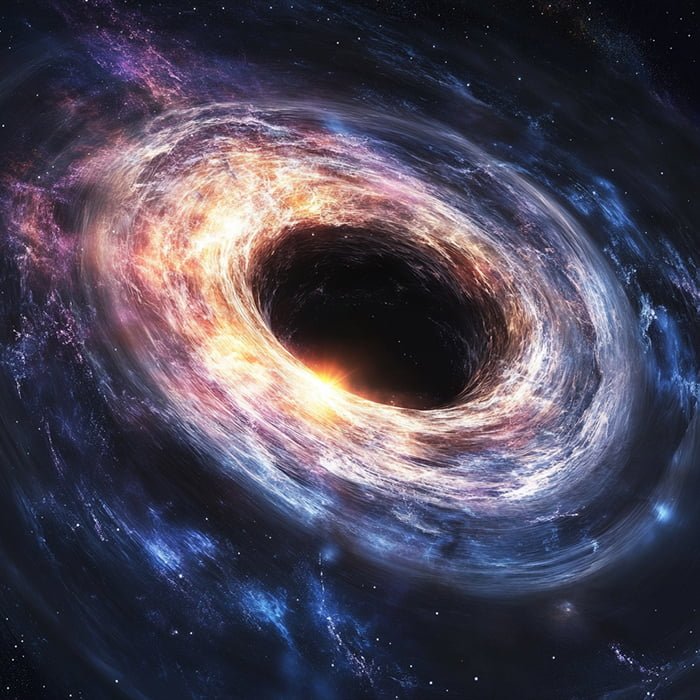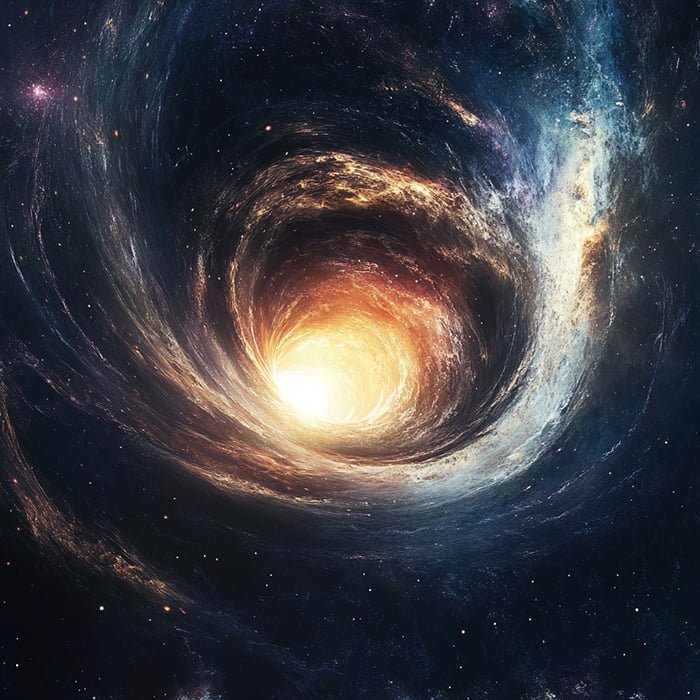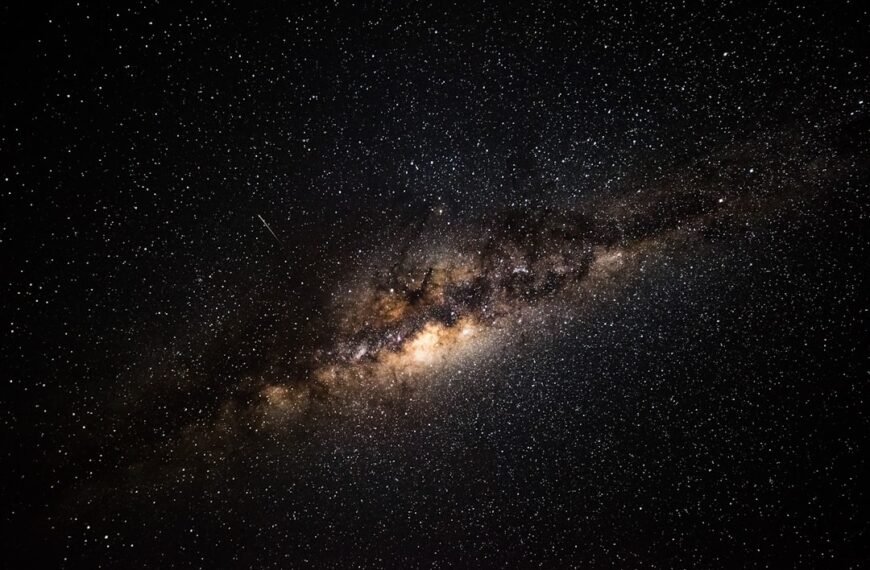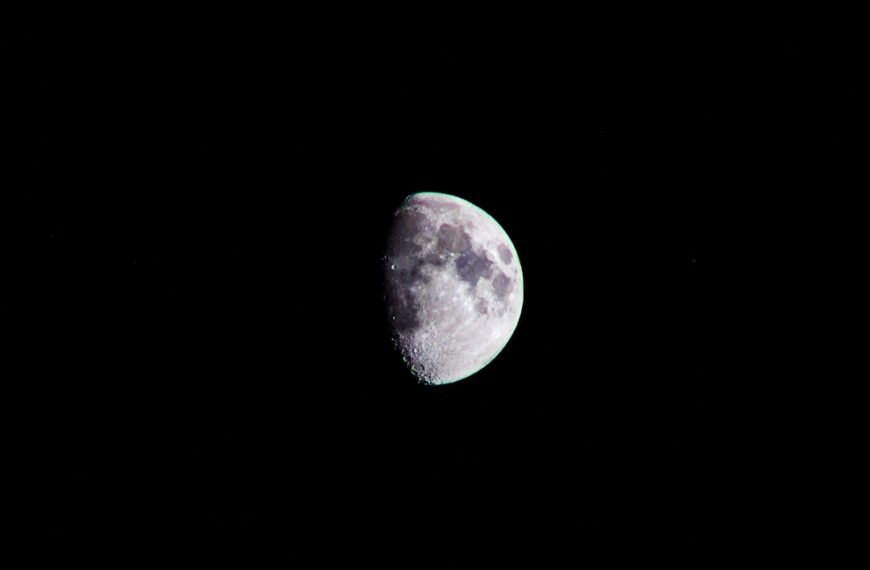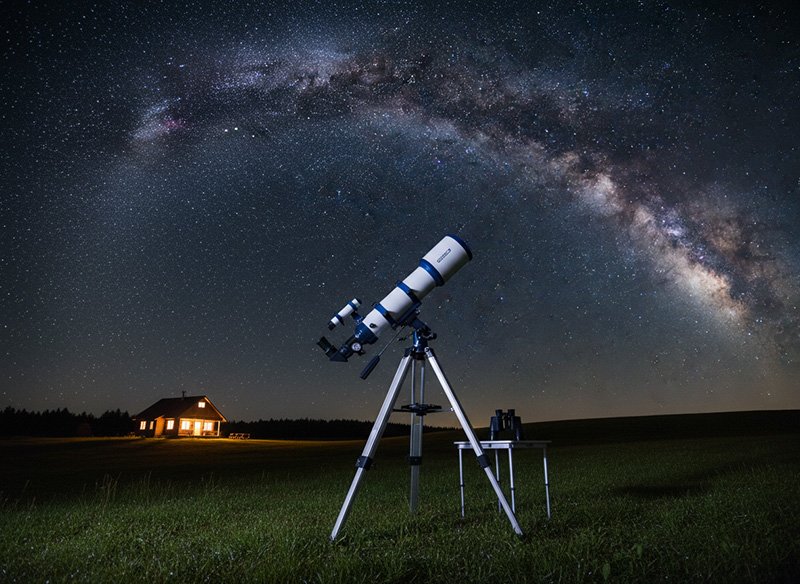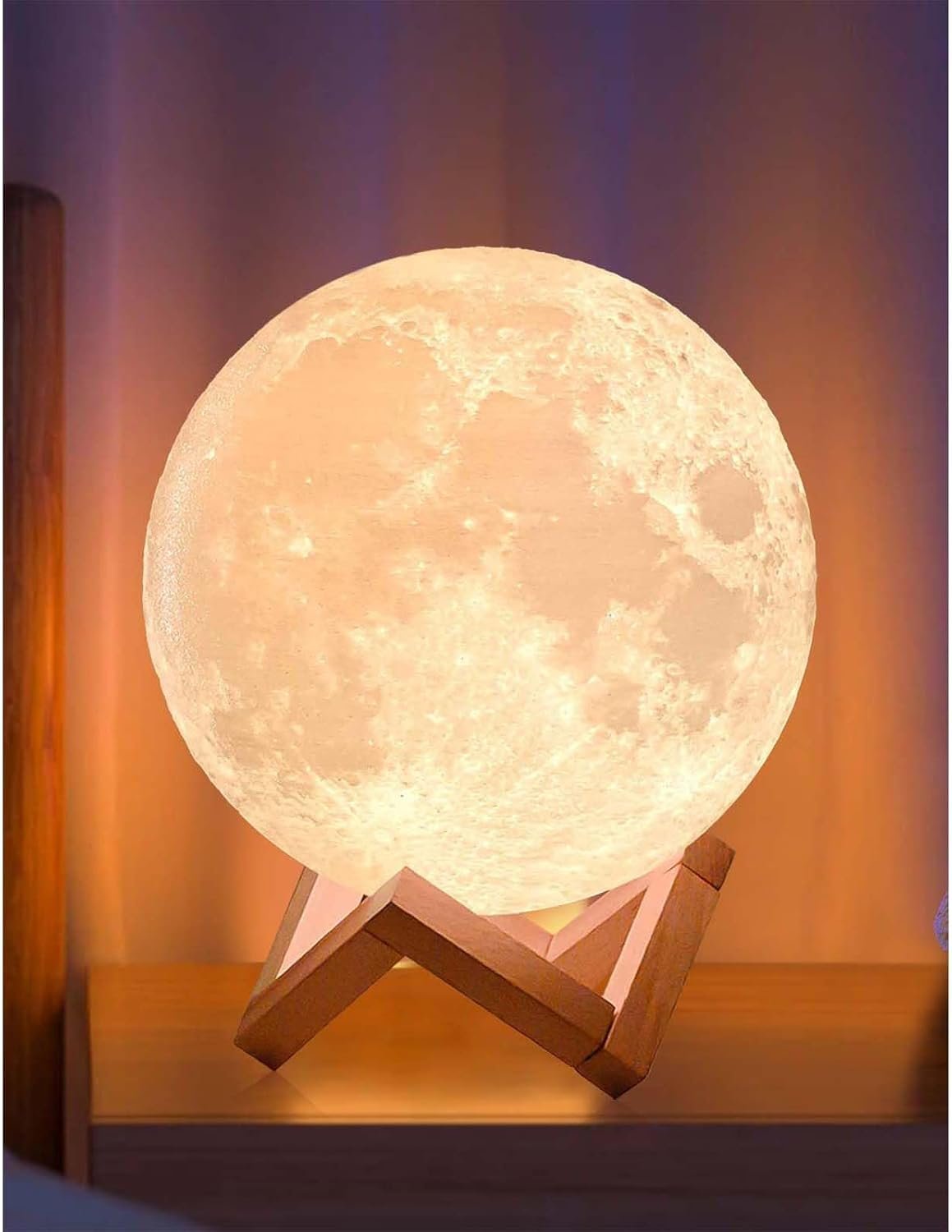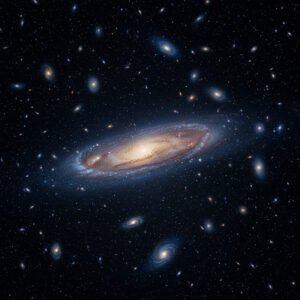Exploring the Survival of Objects Near Black Holes
Key Points Summary
- Black Holes and Their Nature: Black holes possess an immense gravitational pull that can trap anything, including light, once it crosses the event horizon.
- Survival Instances: Some stars, particularly red giants and their remnants, have been observed to survive close encounters with black holes.
- Tidal Disruption Events (TDEs): These events occur when stars are partially torn apart by black holes, leading to mass loss but not complete destruction.
- Types of Black Holes: Understanding the different types of black holes—stellar, supermassive, primordial, and intermediate-mass—helps explain the dynamics of these cosmic phenomena.
- Importance of Research: Studying these interactions provides insights into the behavior of matter under extreme gravitational forces and enhances our understanding of the universe.
Black holes are among the most fascinating and enigmatic objects in the universe. Their gravitational pull is so powerful that nothing can escape once it crosses the event horizon. However, recent research has revealed that not all encounters with black holes lead to destruction. This article delves into the instances where objects, particularly stars, have survived close encounters with black holes, the mechanisms behind these events, and the implications for our understanding of astrophysics.

The Nature of Black Holes
What Are Black Holes?
Black holes are regions in space where the gravitational pull is so strong that nothing, not even light, can escape from them. They are formed from the remnants of massive stars that have undergone gravitational collapse after exhausting their nuclear fuel. The core collapses under its own gravity, leading to the formation of a singularity—a point of infinite density.
Types of Black Holes
Black holes can be categorized into several types based on their mass and formation process:
- Stellar Black Holes: Formed from the collapse of massive stars, typically having a mass between 3 to 20 times that of the Sun.
- Supermassive Black Holes: Found at the centers of galaxies, these black holes can have masses equivalent to millions or even billions of suns.
- Intermediate-Mass Black Holes: These are hypothesized to exist between stellar and supermassive black holes, with masses ranging from hundreds to thousands of solar masses.
- Primordial Black Holes: Theoretical black holes that may have formed in the early universe due to density fluctuations.
The Event Horizon and Spaghettification
The event horizon is the boundary surrounding a black hole beyond which no information or matter can escape. As objects approach this boundary, they experience a phenomenon known as spaghettification, where the difference in gravitational pull between the side of the object closer to the black hole and the side farther away stretches it into a long, thin shape. This process ultimately leads to the object’s destruction.
Star Survives Close Call with a Black Hole
The Encounter
One of the most intriguing cases of survival involves a red giant star that had a close encounter with a supermassive black hole. During this encounter, the black hole’s immense gravitational force stripped away the star’s outer layers, primarily composed of hydrogen, leaving behind its dense core, known as a white dwarf.
The Aftermath
Following the encounter, the white dwarf did not escape entirely but became trapped in an elliptical orbit around the black hole. This orbit allows the white dwarf to complete one revolution approximately every nine hours. Over time, the gravitational waves emitted and the mass loss from the star will likely cause its orbit to become more circular and increase in size. Despite the black hole’s continuous consumption of the star’s outer layers, the process is gradual, allowing the core to remain in orbit.
Rarity of Survival
Such near-miss events are relatively rare. Most stars that venture too close to black holes are completely torn apart in tidal disruption events (TDEs). However, in some cases, the high-density core of a star can withstand the gravitational interaction, enabling it to orbit the black hole multiple times before facing eventual destruction.
Tidal Disruption Events (TDEs)
Understanding TDEs
Tidal disruption events occur when a star approaches a black hole closely enough that the gravitational forces exerted by the black hole exceed the star’s self-gravity. This results in the star being partially or completely torn apart.
Periodic Stripping
A notable example of a star undergoing periodic stripping is AT2018fyk, which is repeatedly stripped of its outer envelope each time it passes close to a supermassive black hole. The star’s orbit, with a period of about 1,200 days, brings it close enough to the black hole to lose some of its mass but not close enough to be entirely destroyed. Each pass results in a mass loss of approximately 1 to 10%.
Future Predictions
The material stripped from AT2018fyk takes about 600 days to return to the black hole and begin accreting. Predictions indicate that the source will disappear around August 2023 and may brighten again in 2025 when new material accretes onto the black hole. This cyclical process highlights the dynamic interactions between stars and black holes.
The Impact of Black Holes on Surrounding Matter
Accretion Disks
When matter falls toward a black hole, it often forms an accretion disk—a rotating disk of gas and dust that spirals into the black hole. As the material in the disk accelerates and heats up due to friction, it emits X-rays and other forms of radiation, making accretion disks some of the brightest objects in the universe.
Gravitational Waves
The interactions between black holes and nearby objects can also produce gravitational waves—ripples in spacetime caused by the acceleration of massive objects. The detection of these waves has opened a new window into understanding the dynamics of black holes and their interactions with other celestial bodies.
The Importance of Understanding Black Holes
While black holes are often associated with destruction, the rare instances where stars or their remnants survive close encounters provide valuable insights into the dynamics of these cosmic giants. Understanding these interactions enhances our knowledge of the universe, particularly the behavior of matter under extreme gravitational forces.
Why This Article Matters
This article sheds light on the complex relationships between black holes and surrounding matter, emphasizing the resilience of certain stellar objects. By exploring the survival of stars near black holes, we gain a deeper understanding of astrophysical processes and the fundamental laws governing our universe. This knowledge not only enriches our comprehension of black holes but also informs future research in astrophysics, potentially leading to groundbreaking discoveries about the nature of the cosmos.



